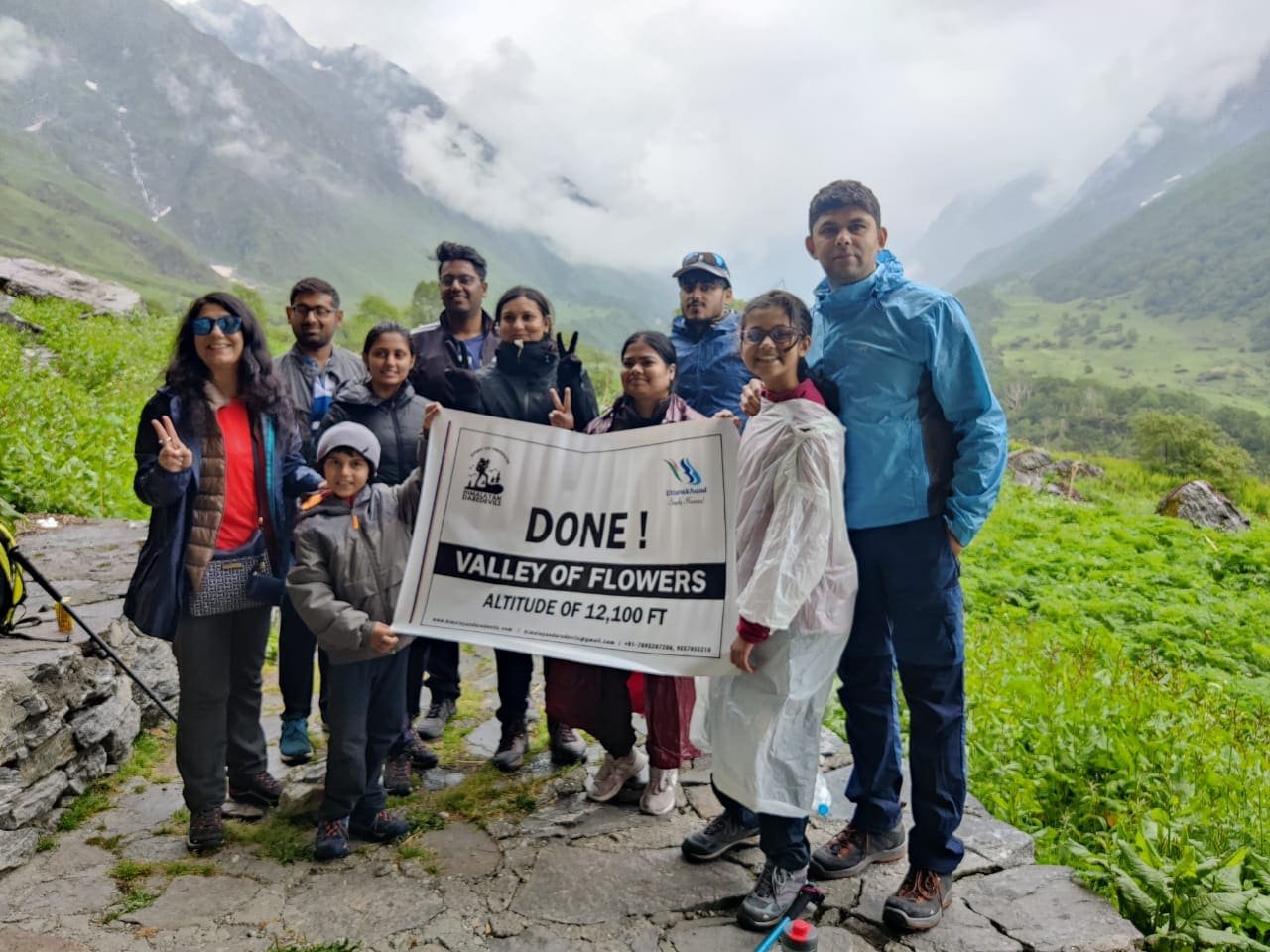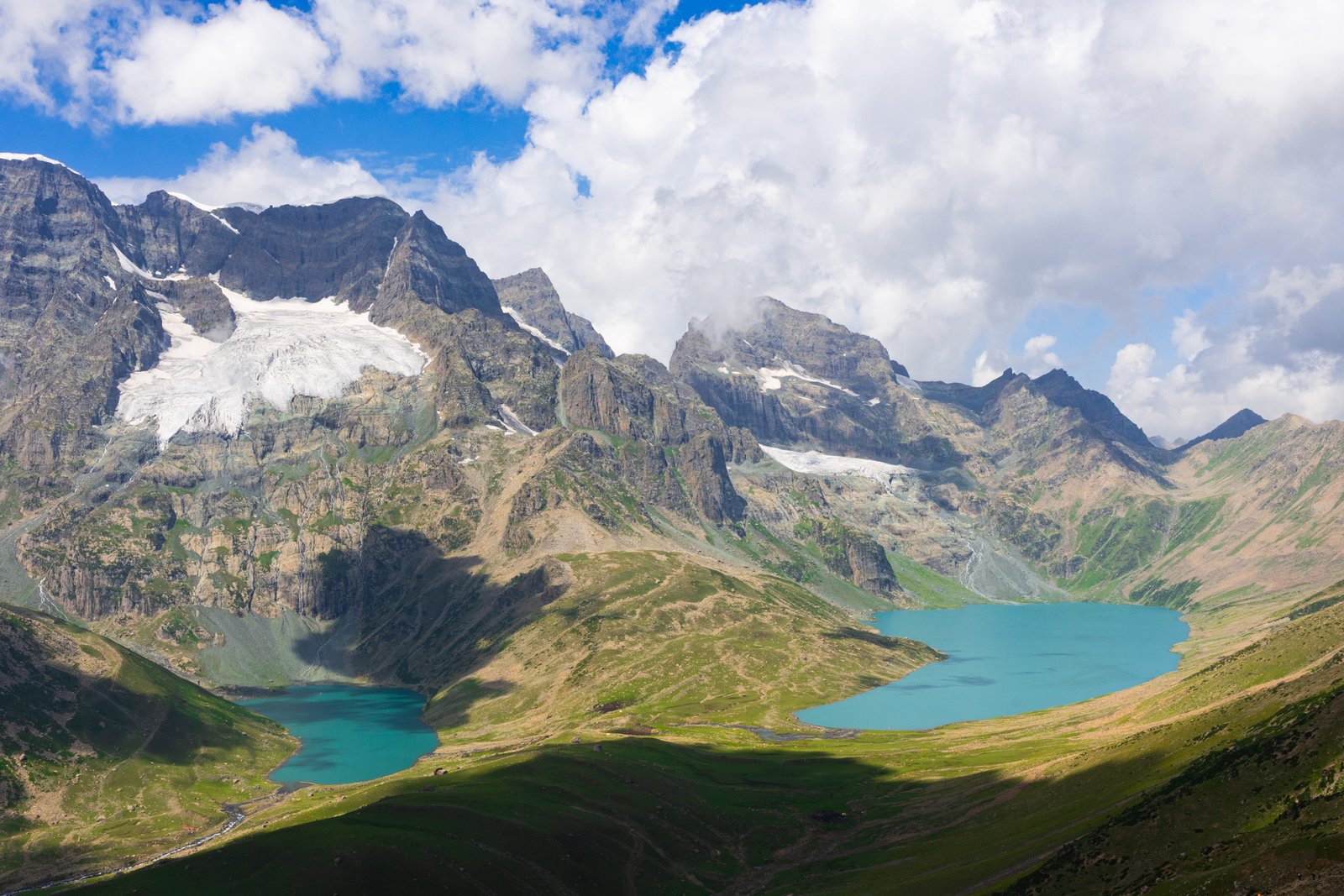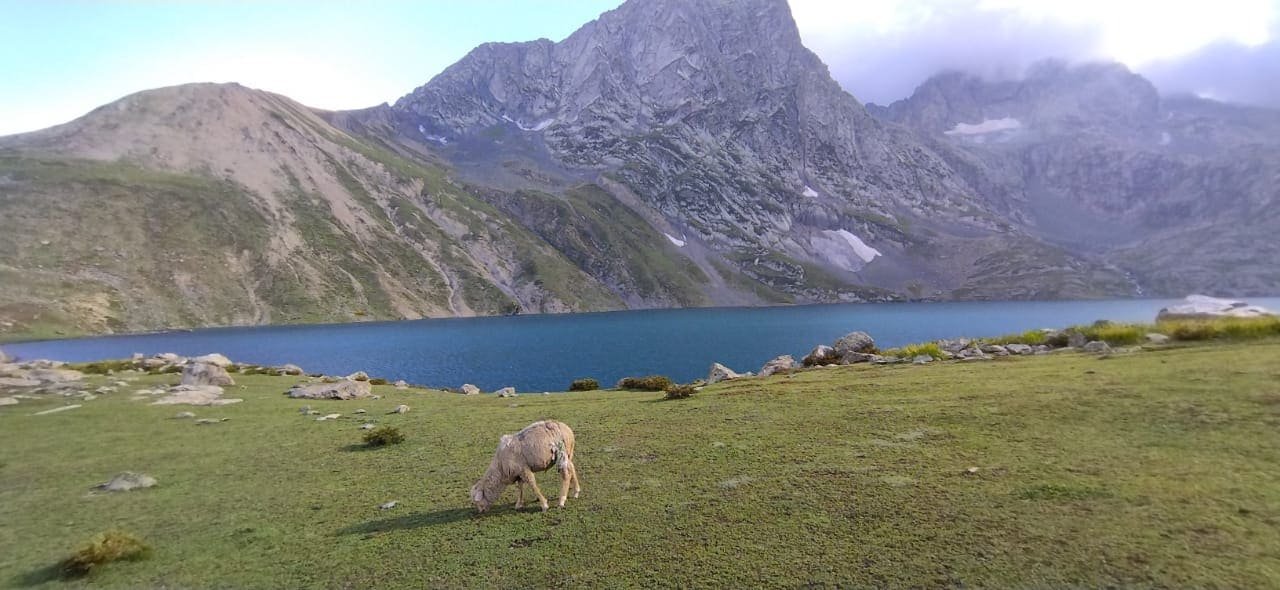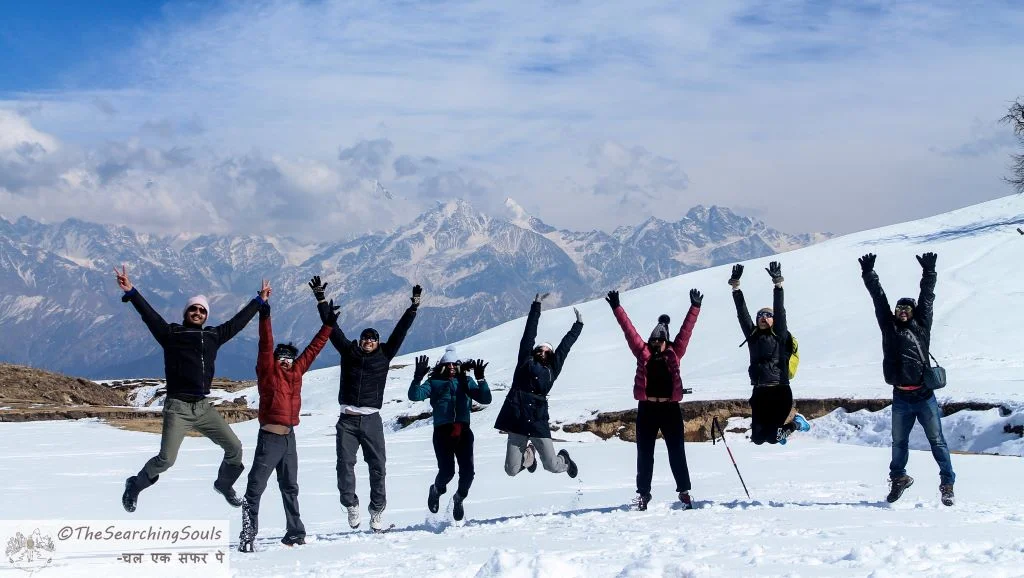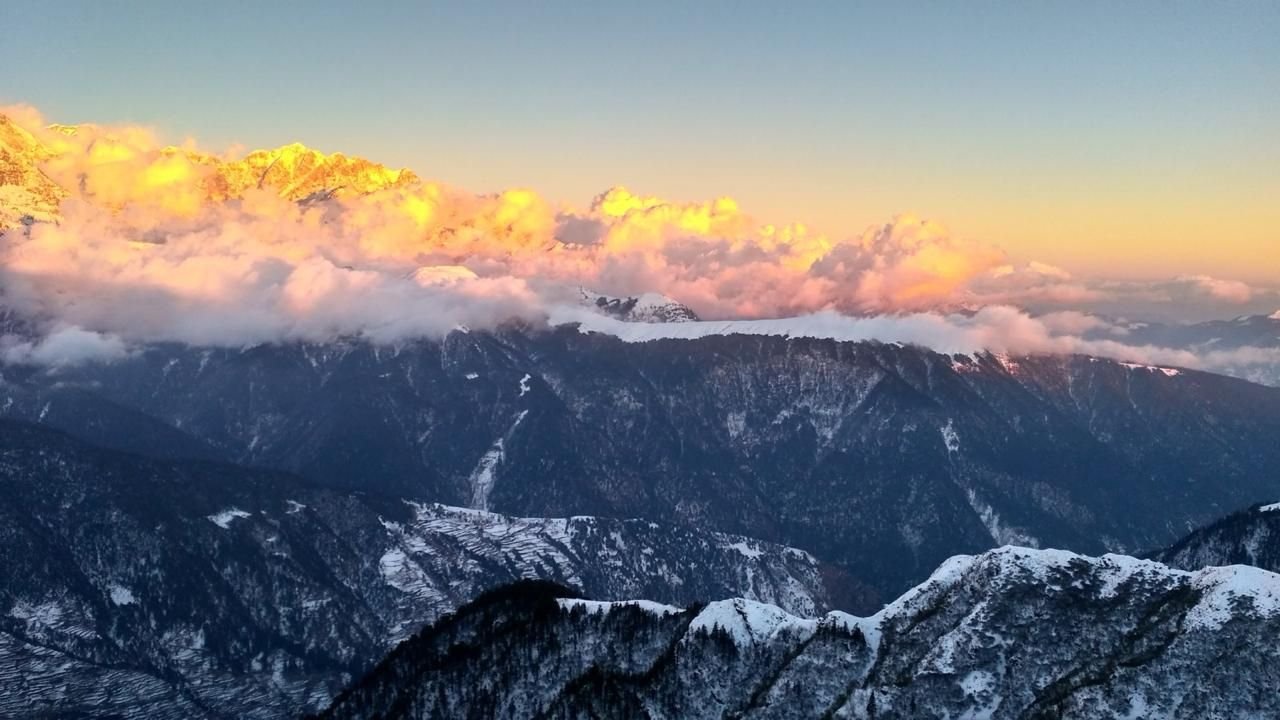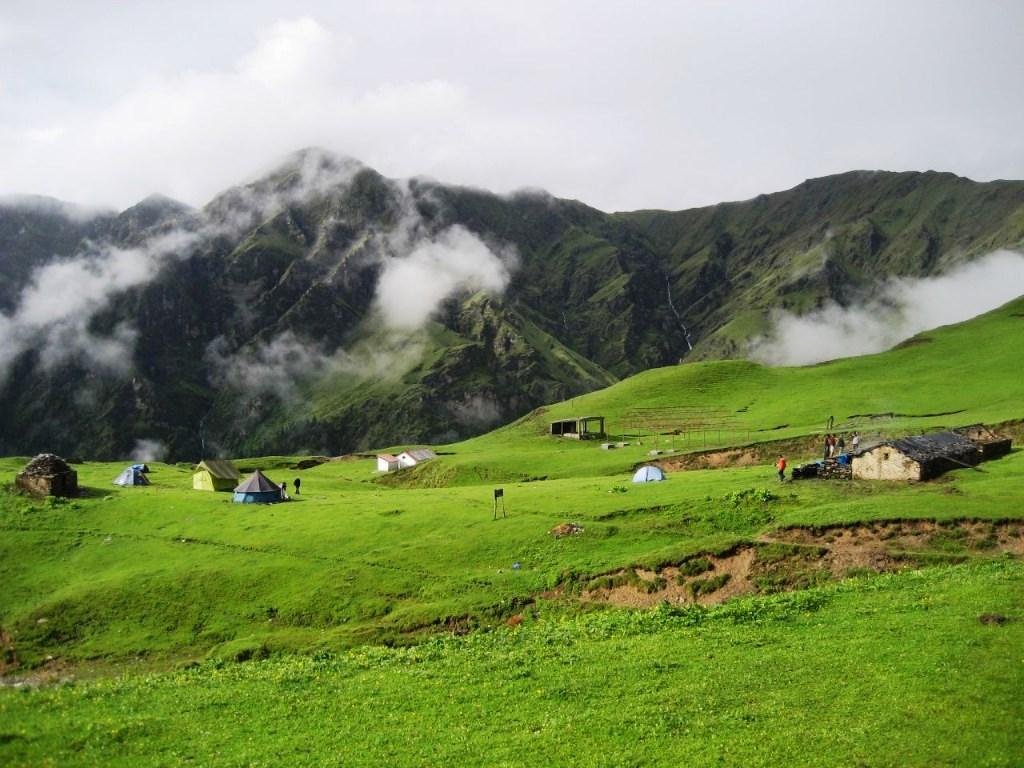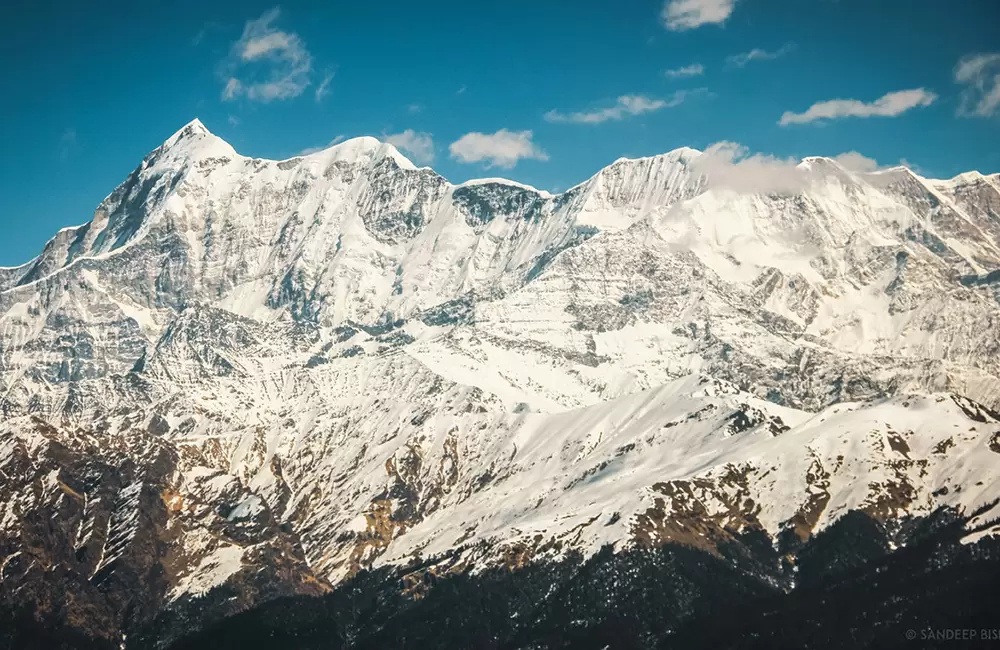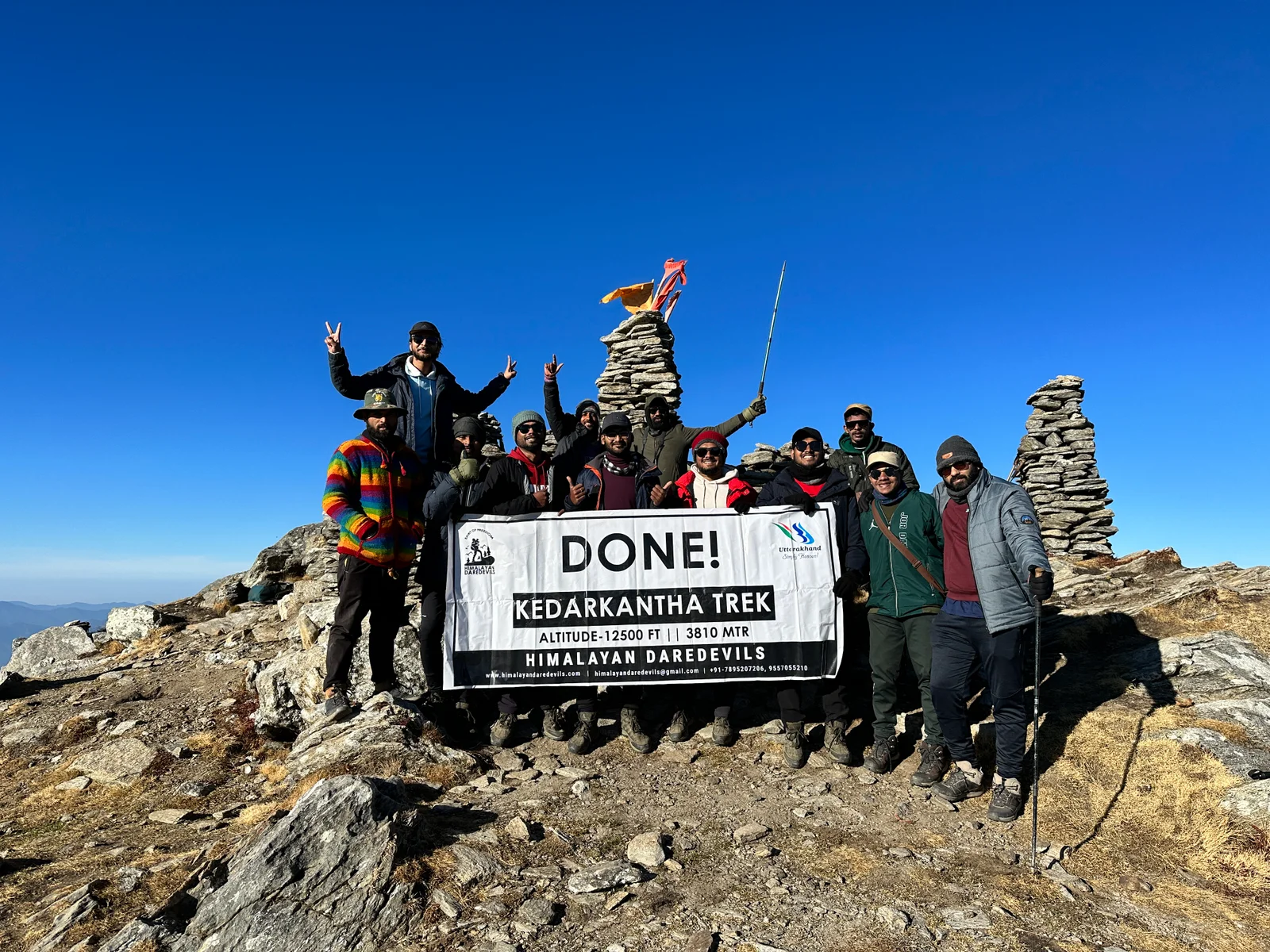13 June 2025
Trekking in High altitudes is an exhilarating experience, the world seems to be very different when you are high up on a himalayan peak, the valleys down below and the snow capped mountains above will surely make you feel like you are in a natural wonderland. These views come at a cost, it isn’t easy to climb up to these peaks and one is required to be fit as well as have the mental will to be able to scale up these mountains. High altitude Trek Fitness is something that can define your trekking experience in the Himalayas.
What Makes High-Altitude Treks Physically Demanding
To conquer a high altitude trek is an achievement. Once you reach the final summit or complete the whole trek, a sense of accomplishment and wonder takes over you as you see the breathtaking scenes in front of you. This sense of accomplishment is not easily achieved. Completing the trek is a tough endeavour because of many difficulties that one faces during the trek.
The Oxygen Challenge
As one gains altitude during the trek the air becomes thinner making it difficult to breathe, this can cause altitude sickness and can affect your overall experience. To tackle the altitude sickness one has to be aware of the symptoms, which include Nausea, Headache,Loss of appetite, Fatigue, Dizziness,Shortness of Breath. One must be quick to inform the trek leader or co-trekkers about the symptoms and take the necessary steps.
If you are facing altitude sickness you must:
Stop ascending immediately
Rest and hydrate. Mild symptoms often improve with rest at the same altitude.
Take acetazolamide (Diamox) if recommended by a doctor.
Descend if symptoms worsen or don’t improve in 24–48 hours.
In severe cases (HAPE or HACE), descend immediately and seek emergency medical attention.
Unpredictable Weather
In the Himalayas weather can change in a blink of an eye, one moment you could be looking at the blue sky above and just a minute after that you see the black clouds coming out from behind the giant mountain peaks.
Weather plays a great role in defining the difficulty of the trek. If the sky is clear and the weather is sunny, this means that you will find it easy to walk on trails, but rain means that the trek is going to be filled with a lot of slippery corners making you trip and fall if you are not careful, exhausting you in the process.
Steep Terrain and Endless Climbs
High altitude routes rarely come with gentle, rolling trails. The steep ascents, rocky paths and technical sections add changes to the trek and make it adventurous and memorable.
Treks are filled with tough terrains and steep pathways and if one is not fully prepared to tackle them they can add to the pain instead of the pleasure. One must ensure that he or she is fully prepared physically and mentally before taking on any himalayan trek.
Long Days, Little Rest
Trekking means walking the whole day, sometimes even for 12 hours continuously. Combine this with the altitude and unpredictable terrain, fatigue is quick to accumulate. Along with this, living in a tent also makes it difficult for you to recover.
Common effects of Walking all day:
Muscle soreness and joint stiffness
Mental exhaustion
Decreased motivation if you’re not physically prepared
Building endurance through long hikes is non-negotiable in your training plan.
Fitness Mistakes That Can Ruin Your Experience
Here’s a list of common fitness mistakes that can ruin your experience on a trek, along with quick tips to avoid them:
1. Skipping Trek-Specific Training
Mistake: Only focusing on general workouts like weightlifting or running.
Fix: Incorporate incline walking, stair climbing, and leg endurance training (e.g. lunges, squats, step-ups with a backpack) to simulate trekking conditions.
2. Ignoring Cardiovascular Conditioning
Mistake: Underestimating the cardio demand of long treks, especially at high altitudes.
Fix: Add hiking, cycling, jogging, or swimming into your routine 3–4 times a week to build stamina and heart-lung endurance.
3. Not Training with a Backpack
Mistake: Practicing without the weight you'll carry during the trek.
Fix: Train with a loaded backpack (gradually increasing weight) to condition your body and improve posture and balance.
4. Neglecting Flexibility and Mobility
Mistake: Focusing only on strength and cardio, ignoring stretching.
Fix: Do dynamic warm-ups before and static stretches or yoga after workouts to prevent tight muscles and injury.
5. Overtraining Before the Trek
Mistake: Working out too hard just before the trek, leaving your body fatigued.
Fix: Taper your workouts at least a week before the trek to let your body rest and recover.
6. Not Acclimating to Altitude
Mistake: Jumping into high-altitude treks without acclimatization.
Fix: Plan to arrive a day or two early at high-altitude locations and ascend gradually. Walk slowly and hydrate well.
7. Ignoring Core Strength
Mistake: Weak core leads to poor balance and posture under load.
Fix: Include planks, mountain climbers, Russian twists, and other core exercises in your routine.
8. Poor Footwear Preparation
Mistake: Wearing brand-new or unsuitable shoes.
Fix: Break in your trekking boots well in advance and pair them with good moisture-wicking socks.
9. Not Hydrating and Fueling Right
Mistake: Underestimating how much water and calories you need.
Fix: Stay hydrated and carry energy snacks like nuts, granola bars, or dried fruit during training and the trek.
10. Ignoring Recovery Post-Trek
Mistake: Jumping back into intense workouts right after the trek.
Fix: Give your body time to rest, stretch, and recover for a few days before resuming heavy training.
How to Build Realistic Trek Fitness Goals ?
Preparation for the trek and the trek itself becomes easier if you set realistic fitness goals. Here the point that you must keep in mind:
Understanding your trek is of the utmost importance. Before venturing on any trek you must make yourself aware about the distance, elevation, terrain and total hiking time. This will help you in tailoring an appropriate regiment.
Assess Your Current Fitness check if you are able to perform basic physical feats. Are you able to walk 5 to 10 KM comfortably ? Are you able to do 20 squats ? Once you know your present physical fitness, proceed accordingly.
Train in Phases:
Foundation: Build endurance with light cardio and bodyweight exercises.
Build: Add strength training and longer hikes with a backpack.
Peak: Simulate trek conditions and terrain.
Taper: Reduce intensity to recover before the trek.
Include All Fitness Aspects in your training regiment. Cardio, strength, flexibility, and balance are all important for trekking.
Track Your Progress in detail and use a journal or app. Adjust goals if needed.
Prepare Mentally before going on the trek and practice pacing and use your gear before the trek.
Best Exercises for Strength, Cardio, and Endurance
Here is a table of best exercises that you must do before going on a high altitude trek
Prepare Your Body for Elevation Gain
Trekking uphill is one of the most challenging aspects of a high altitude trek. To enjoy the trek and not be fatigued by the climbs you must prepare your body accordingly.
- Build Leg Strength with exercises like squats, lunges, step-ups, and calf raises. These mimic the climbing motion and help your muscles handle the repeated uphill steps, especially when carrying a backpack.
- Cardiovascular Fitness can be improved by Incorporating stair climbing, hill repeats, or brisk walks on inclines into your routine. Interval training can boost your lung capacity and stamina, helping you adapt to the increased oxygen demand at higher elevations.
- Breathing Techniques which include deep, controlled breaths can help you manage oxygen intake more efficiently during climbs.
Along with all of this you must try to acclimate gradually if trekking at high altitudes. Spend time at higher elevations before your trek and ascend slowly to give your body time to adjust. With the right preparation, climbing steep trails will feel more manageable and enjoyable.
Trek Fitness Checklist (Pre-Trek Readiness)
Here is a checklist that will help you in knowing if you are ready for a high altitude trek in the Himalayas.
Fitness is the most important part of any high altitude trek. If you are fit you get to enjoy the trek and see the wonders of nature in the sceneries that unfold before your eyes. To completely enjoy any high altitude trek you must avoid common fitness mistakes and prepare for the trek well in advance.
You must keep in mind that undertraining, neglecting strength and endurance, ignoring acclimatization, and skipping proper recovery can all lead to fatigue, injury, or altitude sickness. By preparing your body with a balanced fitness routine, respecting the demands of elevation, and listening to your body’s signals, you set yourself up for a safer, more rewarding trek.


